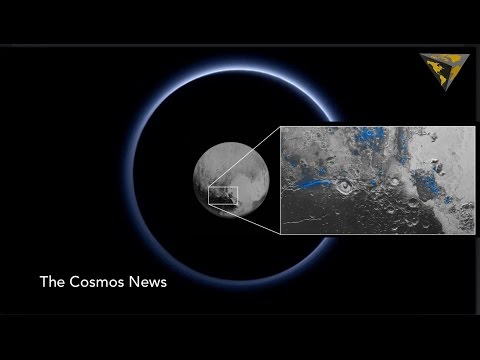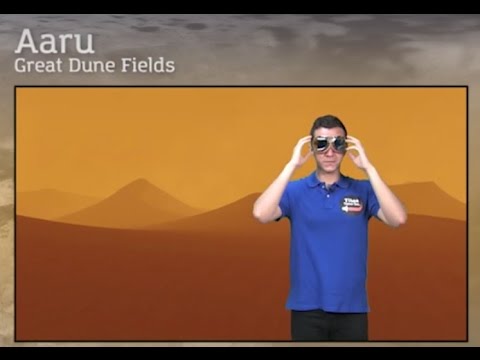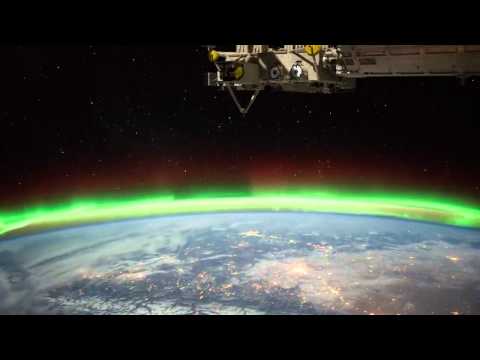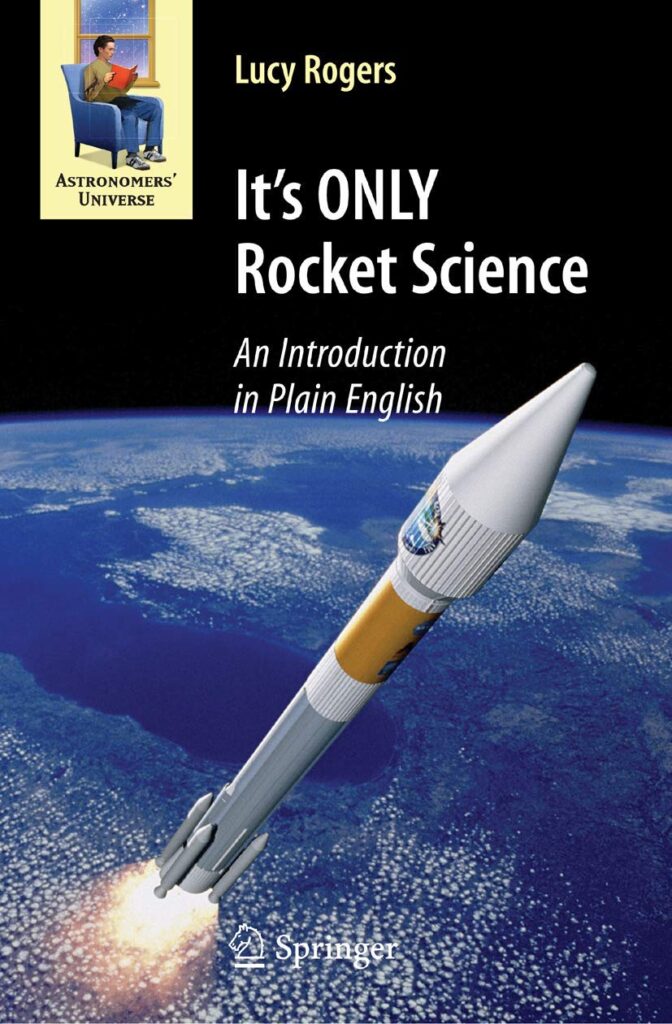Does Planet 9 Exist?
So, you think Planet 9 exists with 99.8% probability? Something like that. Yeah maybe 99.. I’ll push it higher. 99.9% probability. This is wishful thinking. It is. I mean if you’re that sure, find it. In the farthest reaches of our solar system, way past Neptune and Pluto, a ninth planet may be lurking. It’s predicted to have a mass five times that of Earth, and to orbit once every 10,000 years on a highly elliptical, inclined orbit So why do some scientists suspect that such a strange object exists? That’s what I’ve come to Caltech to find out Where do you like to do your work? You know I usually do it wherever Wherever I have a couple minutes of free time, I just do it So this is where a lot of it is done. My name is Konstantin Batygin I am a professor of planetary science at Caltech and I do all kinds of astrophysics-y, planetary studies including stuff about planet 9 These are variable transformations I’ll tell you where the planet 9 boundary lies it’s like that So everything to the left of that is all planet 9 So I’m here to find out about hidden planets and how to find hidden planets with math okay So how do we do that I mean do you want to start at the beginning of this sort of endeavor or do you want to jump into planet 9? Where do you want to start? Well, let’s actually let’s start at the beginning because the beginning, it has a long and beautiful history to it And its origins dates back to 1781, I believe When Uranus was first discovered by Herschel and when Herschel discovered Uranus he immediately realized that the star that was slowly moving across the sky, had actually been imaged many many times before and it was a matter of going back to old observations and kind of retracing the orbit that Uranus was following on on the sky and astronomers and mathematicians at the time immediately noticed that there was a problem with orbit of this newly discovered planet It was deviating from where was supposed to be but a French mathematician by the name of Urbain Le Verrier eventually did this beautiful and very complicated set of calculations that said, “Okay, if there is a planet is there, Right? in that part of the sky, then we can explain the anomalous motion of Uranus.” And when, once there was a mathematical prediction of where to look, astronomers were then able to discover Neptune with basically pinpoint accuracy how quickly did they find neptune? so this is a remarkable story. They found neptune in one night, because they knew exactly where to look There could be a ninth planet. There’s a lot of space for a ninth planet in the outer solar system but there’s no good evidence for a ninth planet at the present time and a particularly scary thing about the ninth planet is that a lot of people want to believe that there’s a ninth planet and we all know there’s this huge psychological bias To the effect that if you want to believe something is true, you will find evidence, real or not, that it’s true Everyone and their brother in the last 170 years, have predicted planets beyond Neptune. but all of these theories have failed to date I think that we, meaning myself and my collaborator/partner-in-crime Mike Brown, are right our understanding of the solar system has evolved dramatically in the last 20 years We’ve discovered that there exists this one additional belt of icy debris called the Kuiper belt these are kind of big icy asteroids that are maybe the size of LA floating around beyond Neptune Who’s responsible for finding the Kuiper belt? I found the Kuiper belt with my student Jane Luu. We were looking for anything actually beyond the orbit of Saturn so the puzzle, in 1985 the puzzle was why is it that the inner part of the solar system is full of asteroids and comets and kind of things planets all this stuff but then when you go beyond Saturn, there’s Uranus, there’s Neptune, and there’s Pluto and then that’s it Why would the outer solar system be so empty? It’s a very simple question of the kind that I can understand and the answer was well let’s have a look! you know maybe it’s not really empty maybe it is in which case that would be interesting, but maybe it’s not So we started a survey to find stuff beyond Saturn and we did the survey for a long time five years or something six years and found actually nothing for that whole time including nothing just beyond Saturn where we expected to find stuff until finally in 1992 we got this thing way out and we could tell immediately it’s way out 45 or 50 au from the slow motion across the sky we found this thing out there, what we call now the first identified Kuiper belt object it’s actually the second, because Pluto was misidentified back in 1930 for all sorts of reasons connected with sociology and propaganda and things like that People wanted to find a planet, and so no matter what Pluto must be a planet so that process is continued. We have more than 2,000 of these objects now so in 25 years 2,000 of these things have been found we think the population is vast there’s a billion things bigger than a kilometer across, maybe more. Maybe a couple billion it’s some of the more distant objects that appear to some people to show this orbital alignment and they have in particular very large perihelion distance so they never come close to the Sun they never come close to even Neptune If you look at the most distant objects in this belt of debris called the Kuiper belt, all of their orbits kind of point into the same direction Is it possible that there are some going in the other direction and we just haven’t found them? They’re there. Yeah of course. That’s a great question Generically when you search for objects in the night sky there are always what are called observational biases So you are always limited to finding objects only where you look so this is a key question that you have to ask, right, Is it that we only found objects that are all pointing that way, right, their orbits pointing that way because we only look there? The answer is that there is a chance That this is a this is all a false alarm, okay? and that chance is one in 500 There are bodies that occasionally will swing out into other directions it’s more that overall if you look at it, there is an overall tendency so here what we see is a pretty typical kind of simulation of the type that we do we start the solar system in an initial kind of totally random state where all the objects are pointing everywhere for scale these pink circles here are Uranus and Neptune and this long ellipse, this long pink ellipse is planet nine these blue guys, these blue orbits are long period Kuiper belt objects the ones that in the real solar system we see the clustering among and these gold or greenish ellipses are the more short period, more proximate members of the Kuiper belt which are not clustered at all so it takes a long time, but about two billion years into the evolution of the solar system you begin to see the fact that objects that are collinear with planet nine have all been scattered away, removed from the solar system dynamically and the only kind of remaining members of the distant solar system the objects that point the opposite way Again it’s a remarkable gravitational signature gravitational one-way sign, if you will, that something is confining these orbits, keeping them clustered, and pulling them all into the same plane you know, the experts, I think of Scott Shepard and Chad Raheel who first noticed this alignment they call it a two point six sigma or result which means that, you know, it doesn’t really meet the threshold for acceptance The scientific.. Would you be looking at five sigma? Is that.. I mean this the standard thing is three sigma, right? but half of all 3 sigma results are wrong, is what I always say as an observer so the more significance the better, but two point six is not enough so even though these clusters of asteroid orbits in the Kuiper belt provide the best evidence for Planet 9, there’s a chance that further Kuiper belt observations will find different, uncluttered orbits. but regardless there are two other solar system mysteries that could be explained by the existence of Planet nine These properties of Planet nine, they seem like kind of nuts like a period of ten thousand years, that’s not like any of the planets that we have found So why would we have such a strange planet hanging out out there? Yeah great question Indeed, none of this is reminiscent of anything solar system, right? If you for a second ignore the period right and ask yourself about the mass. Mass of five Earth masses. We don’t have anything in the solar system that’s five Earth masses, We go from one to 17, when we go from Earth to Neptune Is it wild? Actually turns out this is the most common type of planet in the galaxy that we have discovered around other stars It may be reversed: that the fact that the solar system doesn’t host a object which is five earth masses kind of closer to the Sun is actually kind of weird Indeed, five earth masses as it turns out, it’s kind of standard outcome of plant formation there are more wild things out there oh and this is really my favorite aspect of the Planet nine hypothesis it’s the fact that Planet 9 actively flips orbits on their side you should not expect to find objects in the solar system that are flipped on their side, and are orbiting the Sun perpendicular to the planets and you should definitely not expect objects that are orbiting the solar system the wrong way, so to speak Yet we find them. Right? They exist in the Kuiper belt and this has actually been a problem since before Planet 9 was even a thought Planet nine has this intriguing mode of dynamical evolution that it instills upon distant orbits where it takes them and, at the expense of kind of circularizing these distant objects by making their orbits less elliptical flips them upside down and then makes them more elliptical again it’s a complicated dynamical evolution and really at a detailed level you have to go to the computer simulations to understand how it works but the key kind of product of the existence of Planet 9 is the expectation that such objects would exist, and we see them. and I think, really there isn’t another kind of natural mechanism to generate these highly inclined bodies you know you have the plane of most of the the bodies, and then some of the bodies are there apparently have their orbits almost tilted up to 90 degrees is that just weird, or is that stronger evidence for.. that’s one of the things that they claim to explain with the planet 9 hypothesis, and that’s a good thing in favor of the hypothesis but again, you know you need to find the planet to be sure what’s going on In the region that we have not yet been able to probe, because we can’t see faint enough We don’t know. Yeah. We don’t know. So when do you think we’re gonna find Planet 9? That’s a great question So observing the sky has proven to be an extreme challenge the search for planet 9 is extremely difficult It’s just kind of dim enough at the outer parts of its orbit where it can be discovered with current telescopes, but you, but everything has to go right and by everything has to go right I mean no moon, the atmosphere has to be calm so that the light is not messed up by the turbulence such nights do come around every year, but they don’t come around very often so since 2017 we’ve had exactly two successful runs. Right, successful observational runs where we had sort of a string of nights where we could take pictures of the same part of the sky over and over again so we are about 20%, maybe a little bit more now 25% done with the survey that we are carrying out to search for planet 9 if things go at this rate, it might take about a decade I think the commencement of the LSST telescope, which is coming online 2022,23 that’s gonna help a lot because that’s going to first of all discover many more of these objects and we’ll be able to refine the theoretical model better and also just by direct observation it’ll either find planet 9, or rule out a big chunk of its orbit so we could kind of zero in that way a lot more So it’s a, it’s an iterative process. I would guesstimate a decade or less So volumetrically we’ve discovered most of the solar system in the last 25 years, something like that What do you mean volumetrically? I mean that the volume of the region occupied by the planets is very small, it’s 10,000 cubic astronomical units but as you go further out, you know the volume of that sphere that encapsulates all the objects that we’ve been able to observe, is just going up dramatically so if you go ten times further out, which we are now just about able to do, you increase the volume that you’re looking at by a factor of a thousand There’s a whole bunch of stuff going on, you know solar system is, to me, an unknown place You know, we fool ourselves to thinking that we know everything about it. Just because we’ve only been looking close and we have a lot of data from spacecrafts and so on but the further away you go, the less known it is, and the more mysterious it is and this ninth planet thing is part of that, because essentially when you go far enough away from the Sun there’s enough room to hide almost anything you want it will be so faint you can put almost anything Big planets, small planets, whatever you want. We would not have seen it yet If or when you do find it, who gets to name it? Oh that’s something we don’t think about and don’t talk about You don’t have a name in the back of your head? The… Only David Bowie. Yeah there’s a online petition on change.org to name Planet nine David Bowie, and I thought it was kind of silly initially but then there’s this whole David Bowie like mythology that you could create if it has moons you could have Ziggy Stardust, Starman, and all of these things So, you know I was kinda like, I’m not saying that seriously but also it would be kind of remarkable if we had Jupiter Saturn Uranus Neptune and David Bowie













